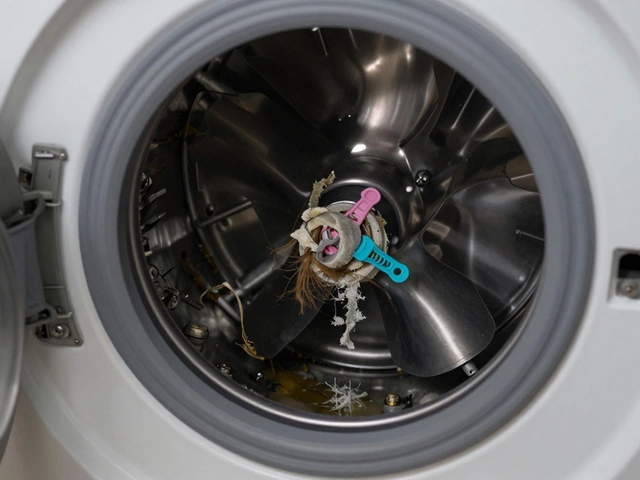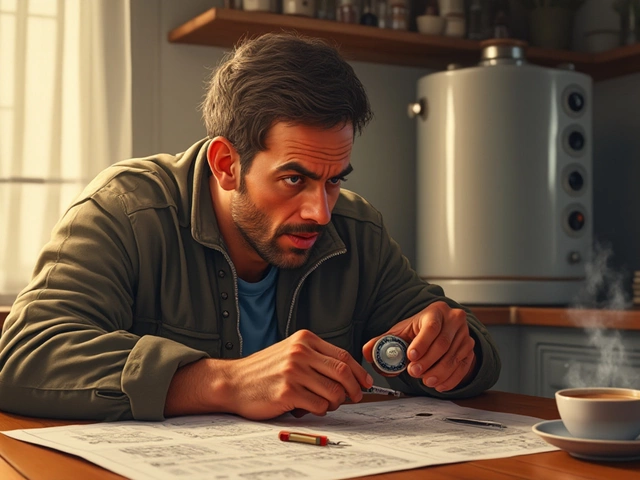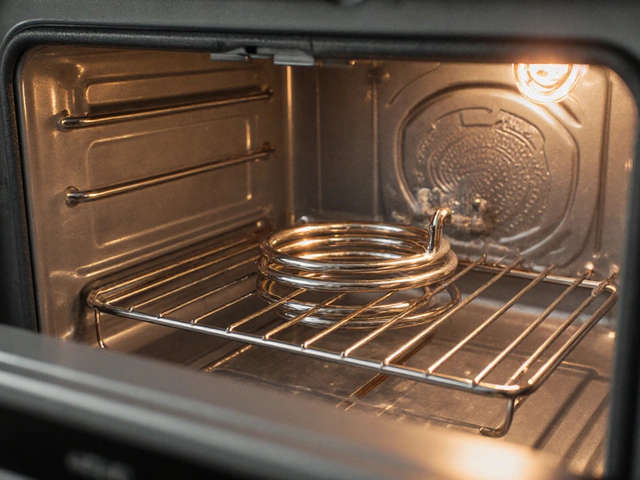What Is the Most Common Washing Machine Failure?
December 1 2025Electric Stove Problems: What’s Going Wrong and How to Fix It
If your electric stove isn’t heating, makes weird noises, or just looks sad, you’re not alone. Most homeowners run into at least one of these hiccups every few years. The good news? Many problems are easy to spot and fix without ripping out the whole unit. Below we break down the most common issues, simple troubleshooting steps, and signs that you need a professional.
Why Your Electric Hob Might Not Heat
First thing to check is whether the hob is actually getting power. Plug the stove into a different outlet or test the outlet with a lamp. If the outlet works, move on to the hob’s own safety features. Most electric hobs have a built‑in thermal fuse that trips when it gets too hot. A blown fuse will stop all heating elements dead. Look for a small, screw‑in fuse on the back of the unit—replace it with the exact same rating and you’re likely back in business.
Next, examine the heating elements themselves. Over time, surface deposits or a broken coil can cause uneven heating or no heat at all. Turn the hob off, let it cool, and wipe each element with a damp cloth. If you see cracks, burnt spots, or the element looks warped, it’s time for a replacement. Swapping an element is usually as simple as unplugging the stove, loosening a couple of screws, and plugging the new part in.
Oven Not Heating? Check These Simple Things First
When the oven won’t heat, the first suspect is the temperature sensor. A faulty sensor can send the wrong signal to the control board, making the oven think it’s already hot. You can test it with a multimeter: a healthy sensor reads around 1,000 Ω at room temperature. Anything far off means replace the sensor.
The heating element in the oven works much like the hob’s. Look for obvious breaks or a blackened look. If the element is fine, the problem could be the oven’s thermostat or the control board. Both are a bit more technical, but you can often reset the oven by turning the power off at the breaker for a minute, then turning it back on. If the oven still won’t heat, call a qualified gas engineer—especially if you notice any burning smells or sparks.
Another quick win is cleaning the oven’s interior. Food debris can insulate the heating element, making it work harder and sometimes causing it to shut off. A gentle wipe with a mild detergent and warm water can restore proper airflow.
**When to Call a Pro**
If you’ve swapped fuses, checked wires, and the stove still refuses to heat, it’s time to call in the experts. Gas engineers in Bedford are trained to handle both gas and electric appliances safely. They can test the internal wiring, replace control boards, and ensure everything meets local safety regulations.
Also, if you notice any burning odors, see sparks, or the stove seems unusually hot to the touch, shut it down immediately and get professional help. Electrical faults can be dangerous, and a certified engineer will have the tools to diagnose and repair without risking your home’s safety.
Bottom line: many electric stove problems are simple—check the power, inspect fuses and elements, and give the appliance a good clean. If those steps don’t help, don’t gamble with electricity—call a qualified Bedford gas engineer and get your kitchen back in shape fast.
 15 May
15 May
Electric Stove Problems: The Two Most Common Issues You Need to Know
Electric stoves make life easier until something goes wrong. The two most common problems are surprisingly fixable with the right approach. This article explains why your stove might stop heating or act up unpredictably. Expect clear tips to keep your stove running and avoid wasting money on avoidable repairs. Basic troubleshooting can save the day if you know what to look for.
Read More...



